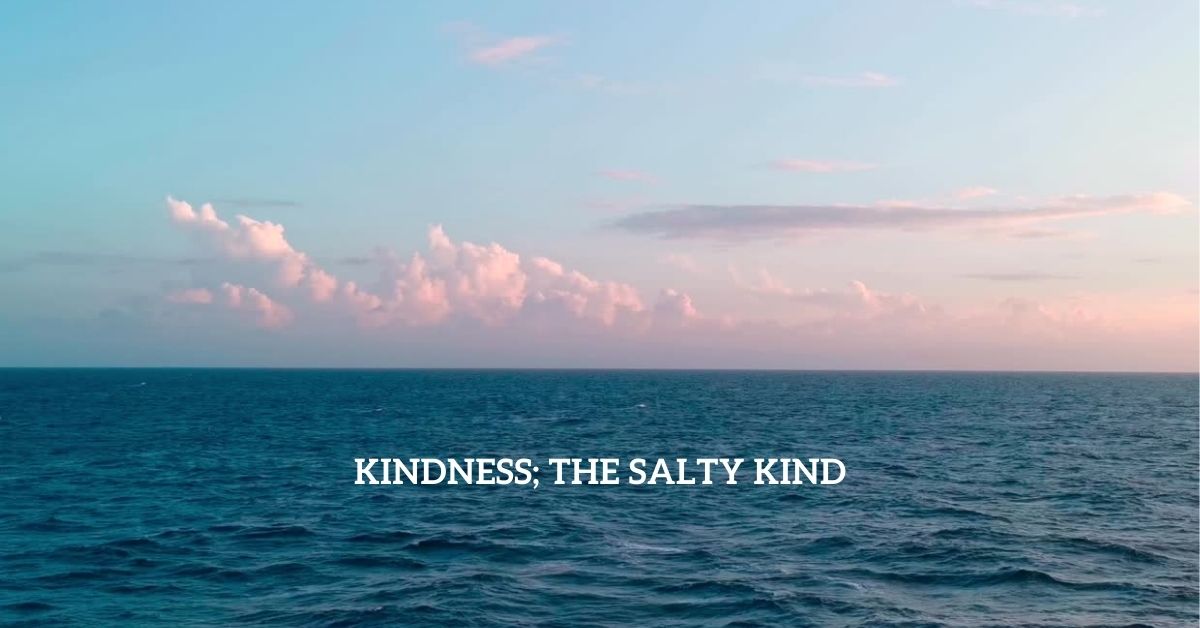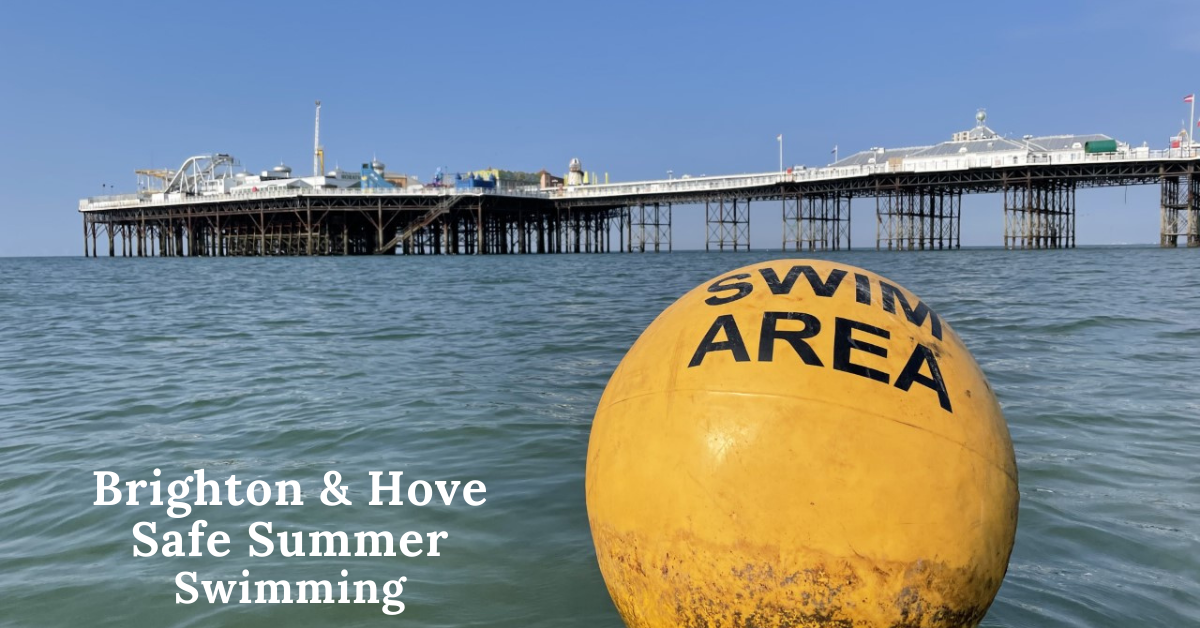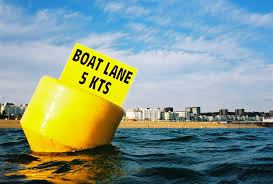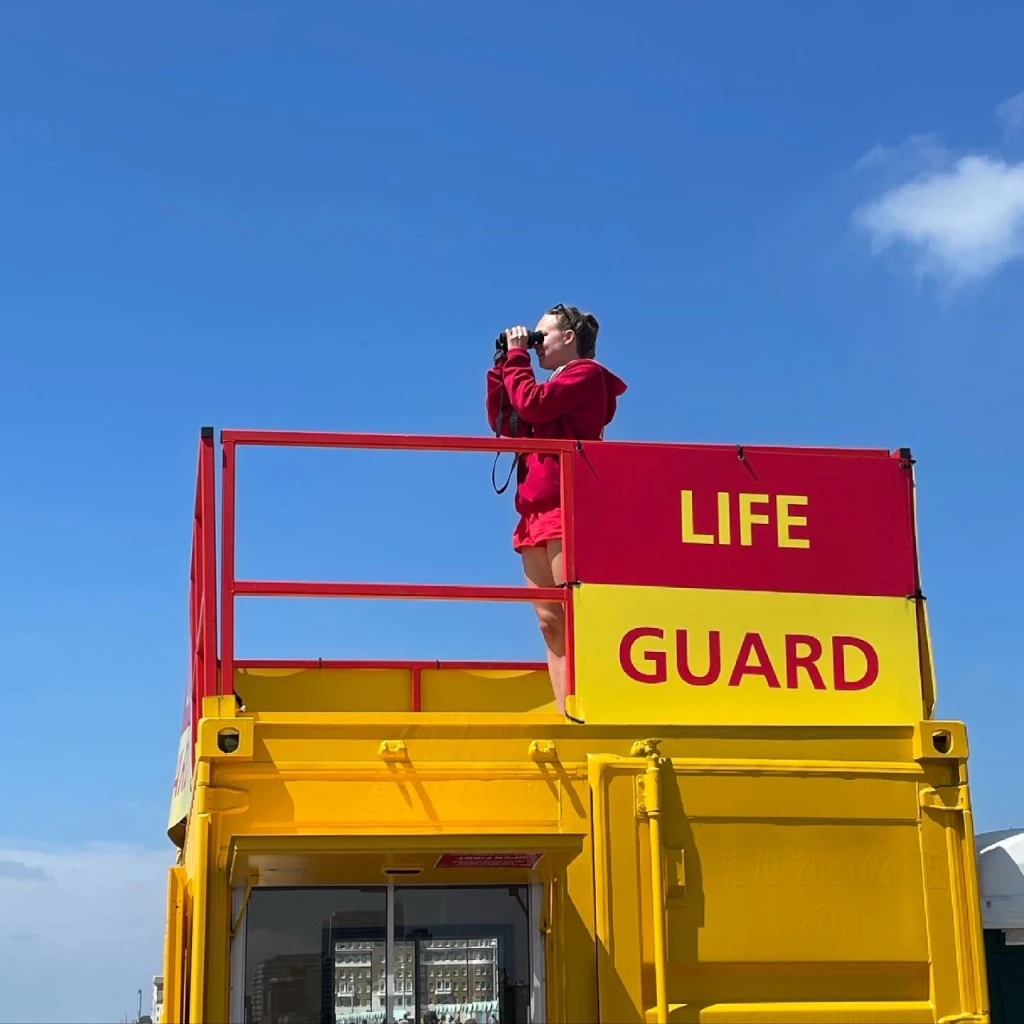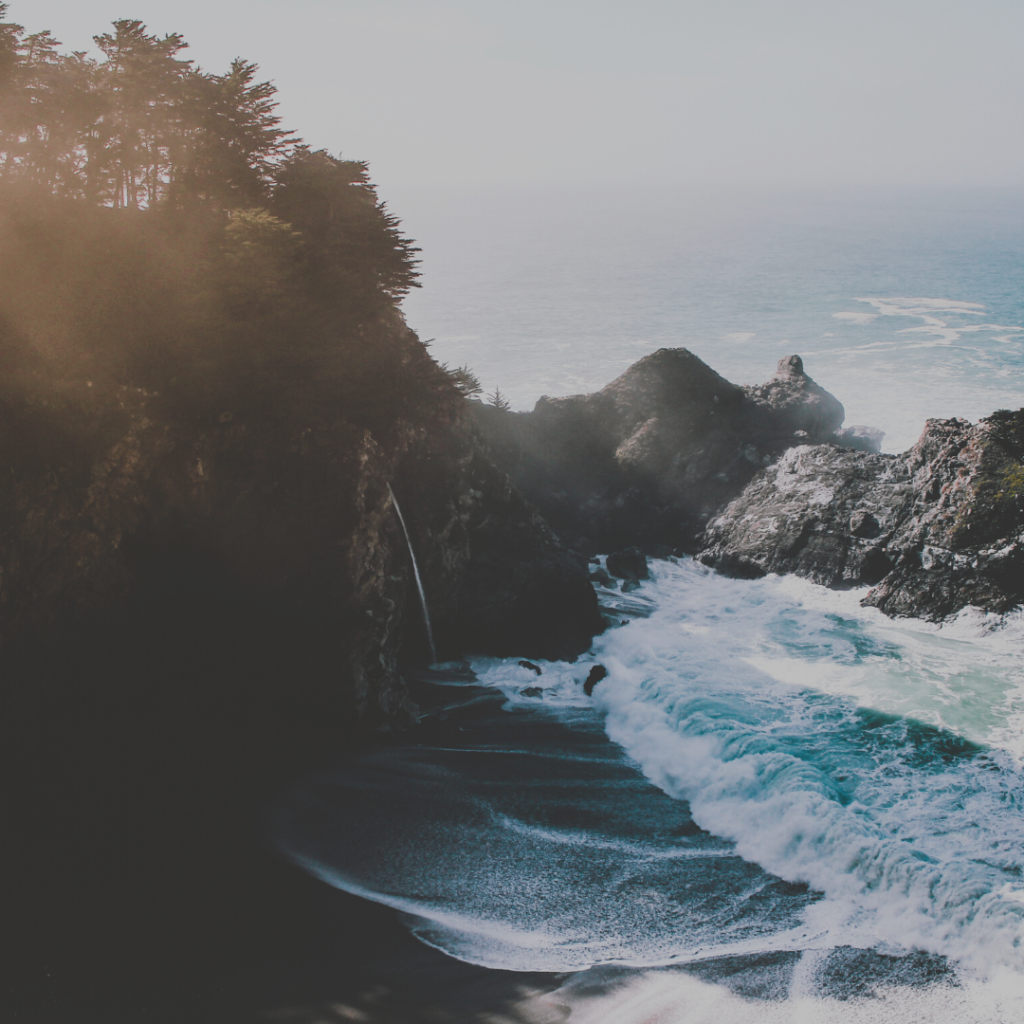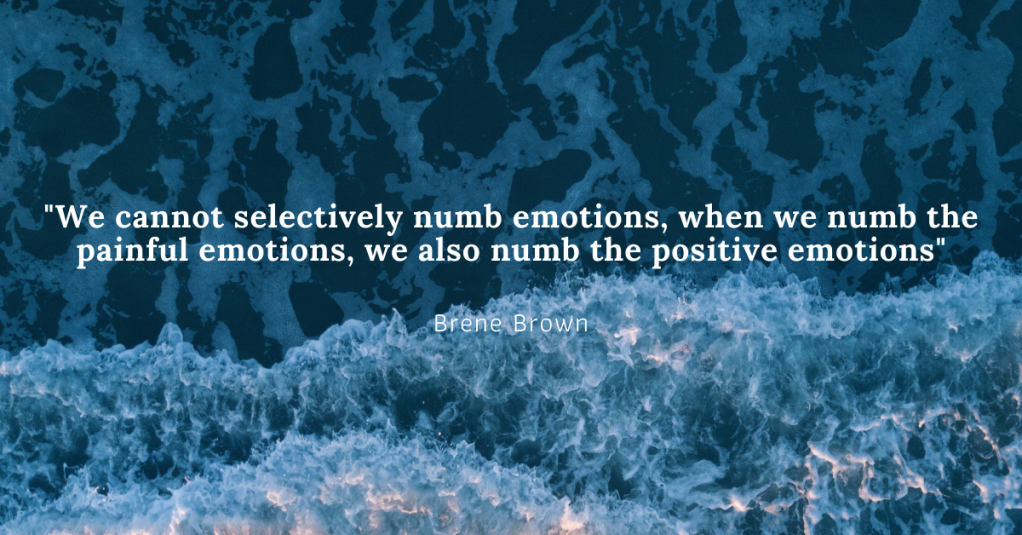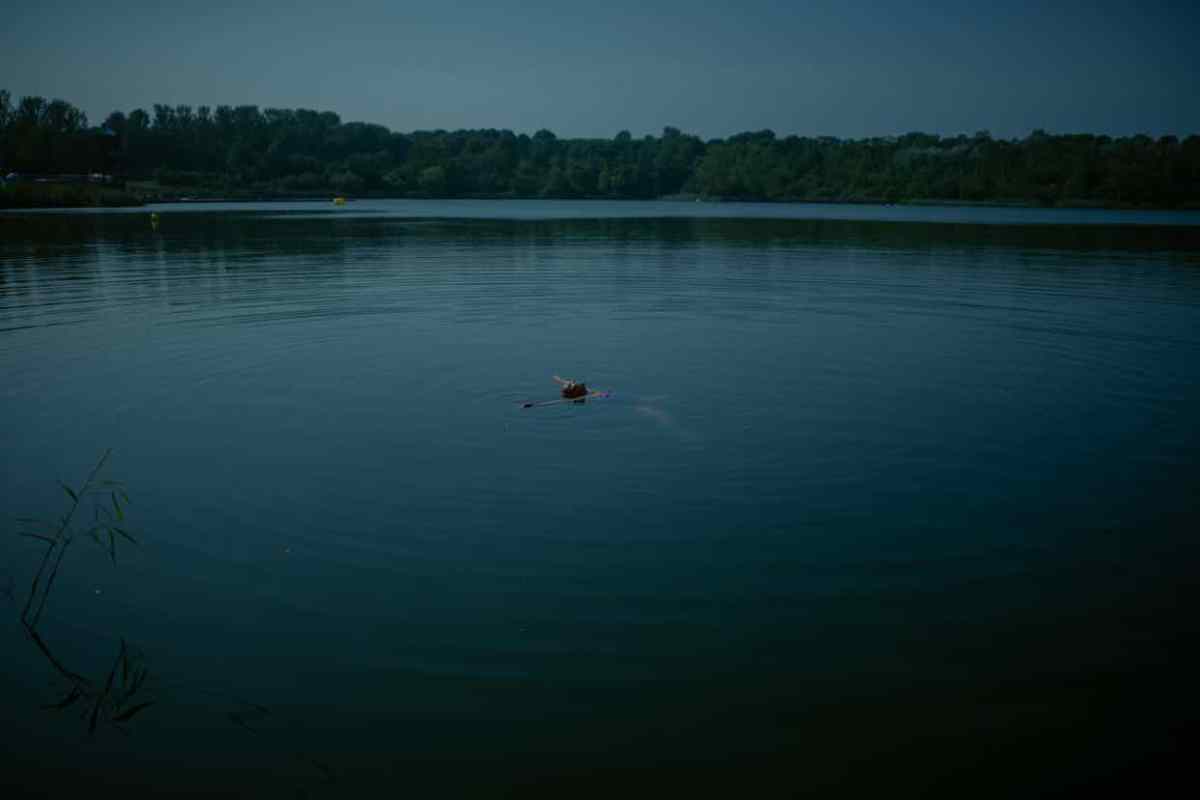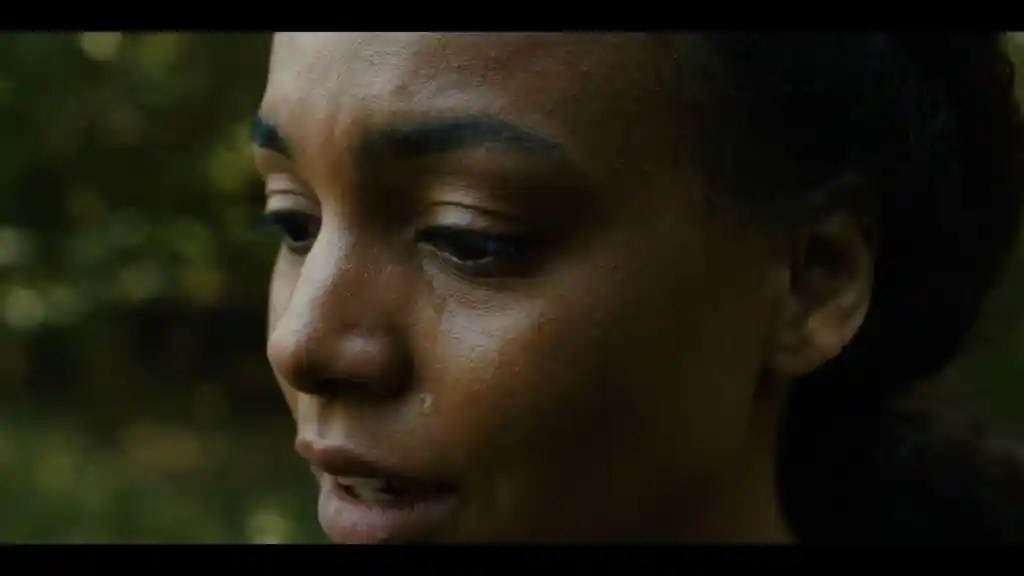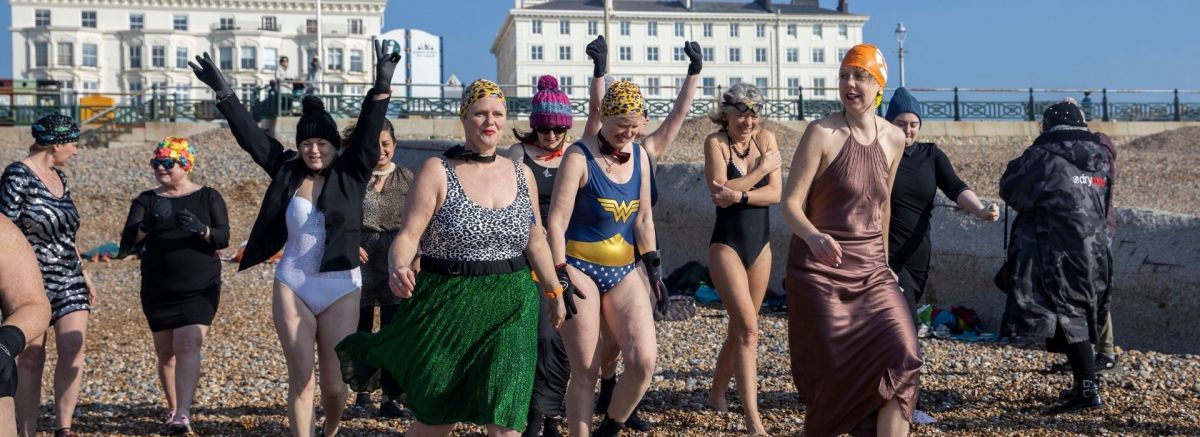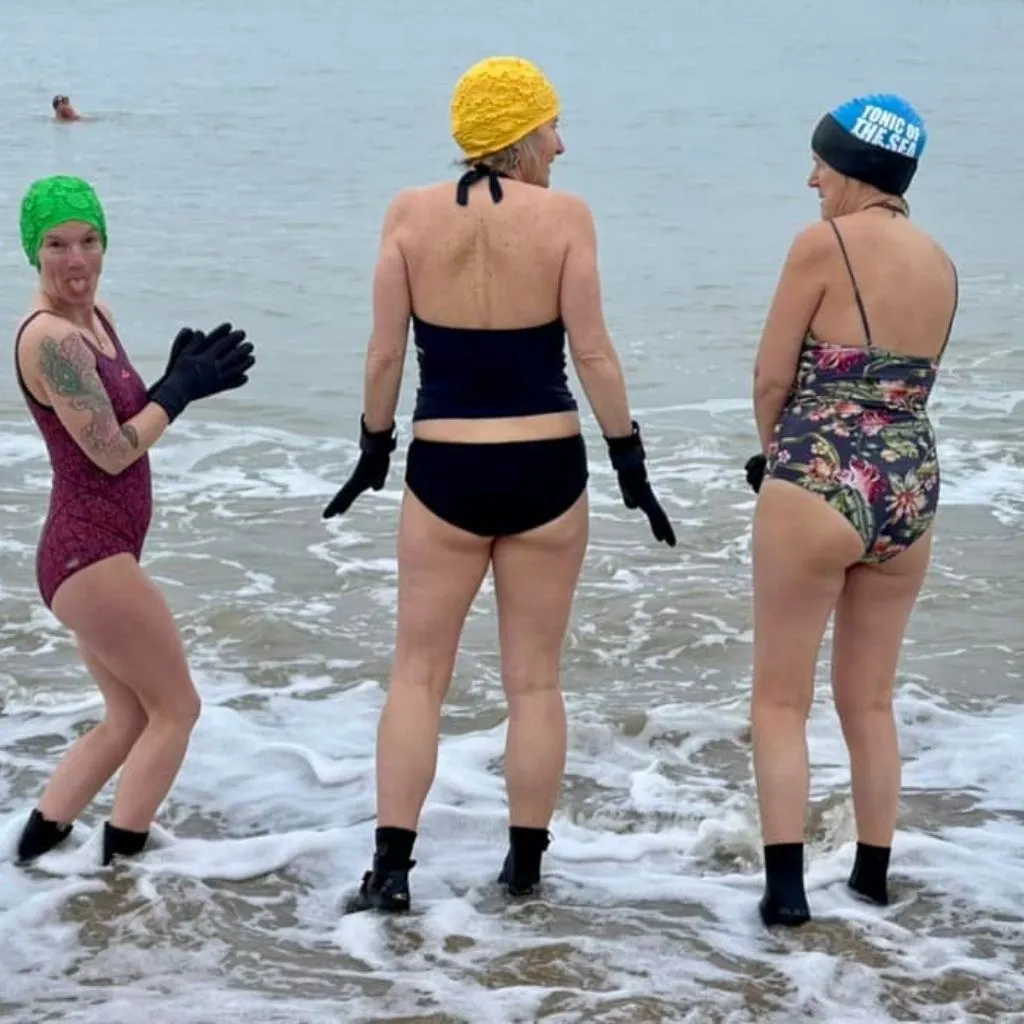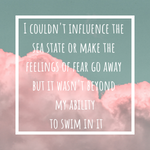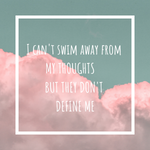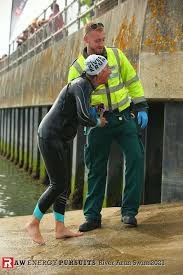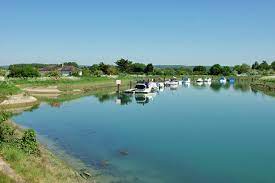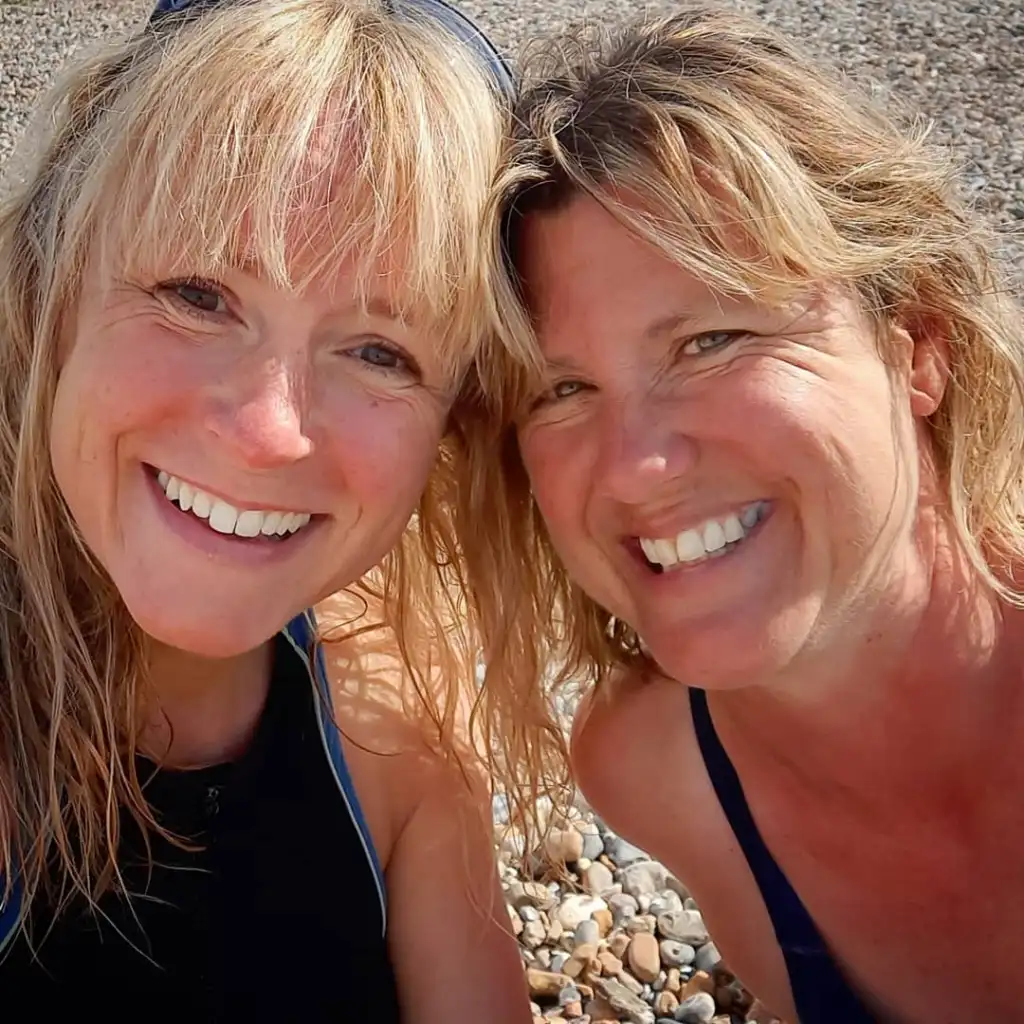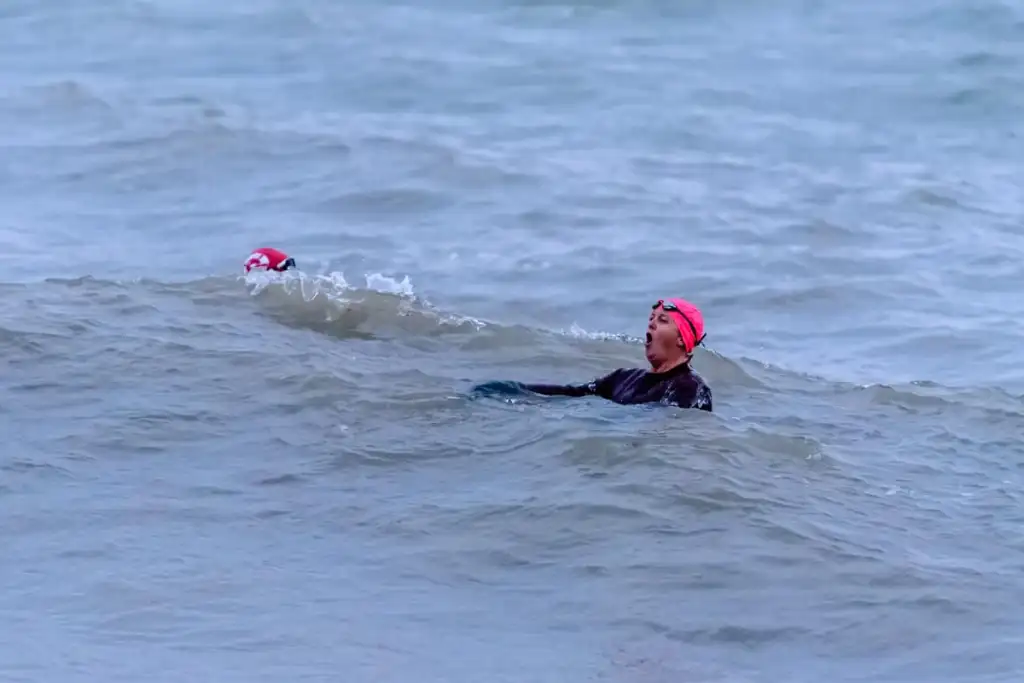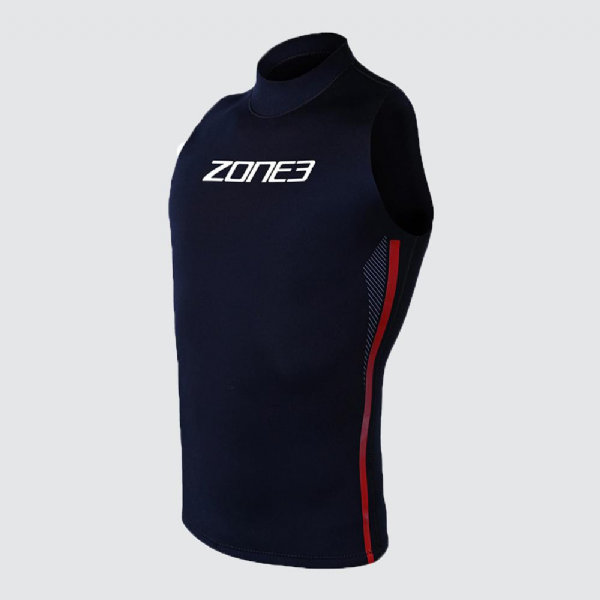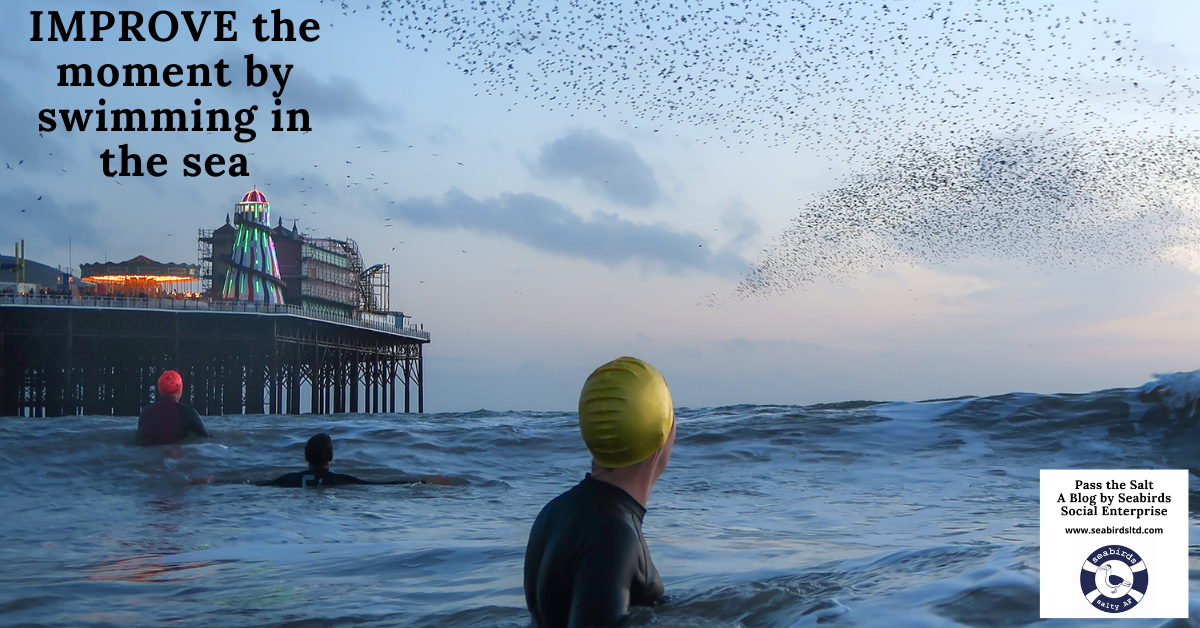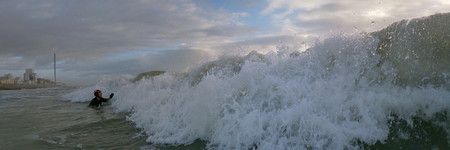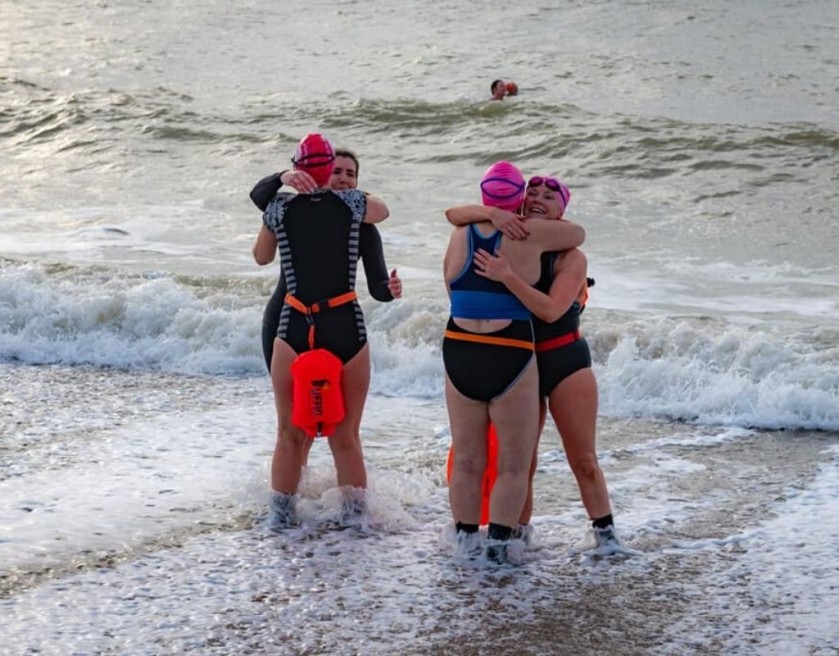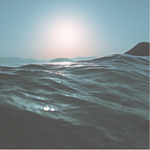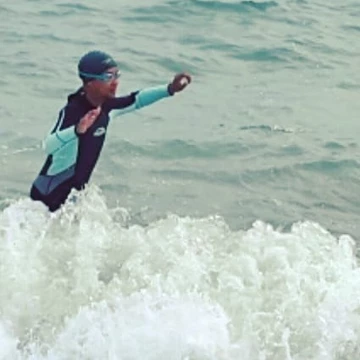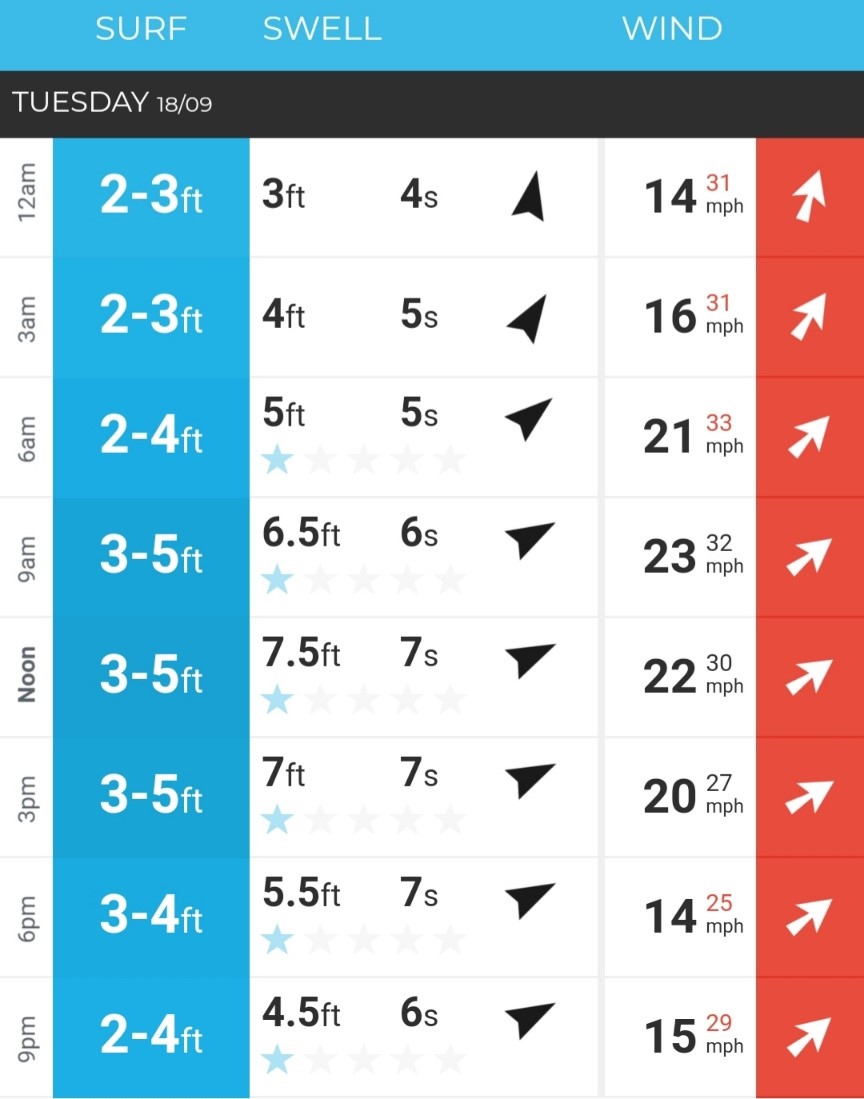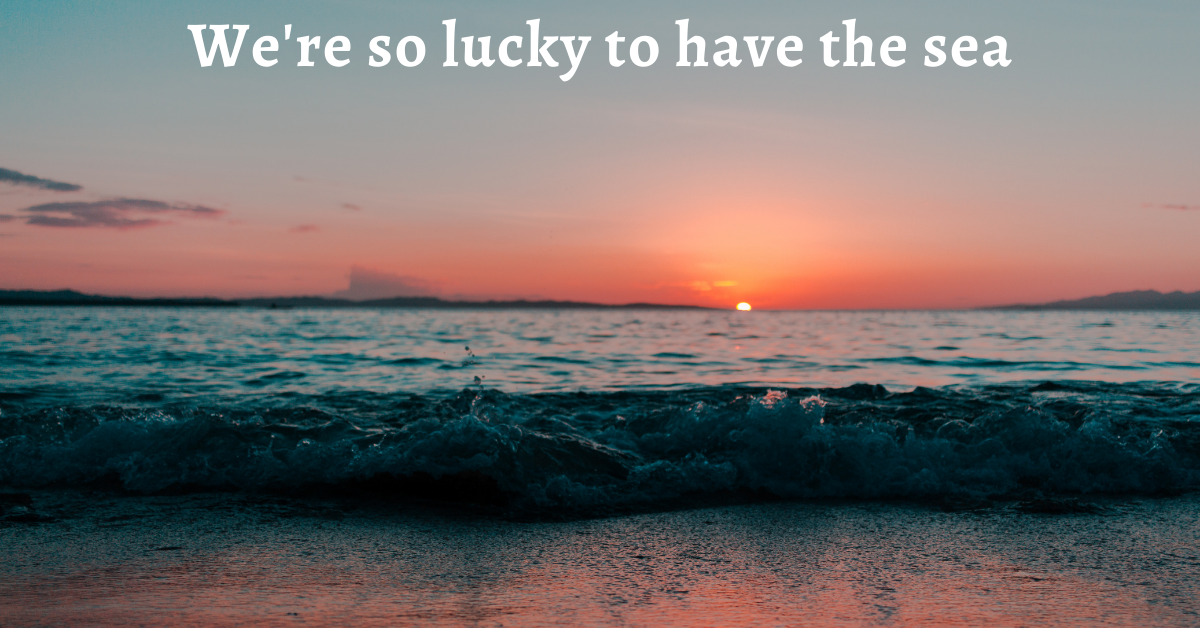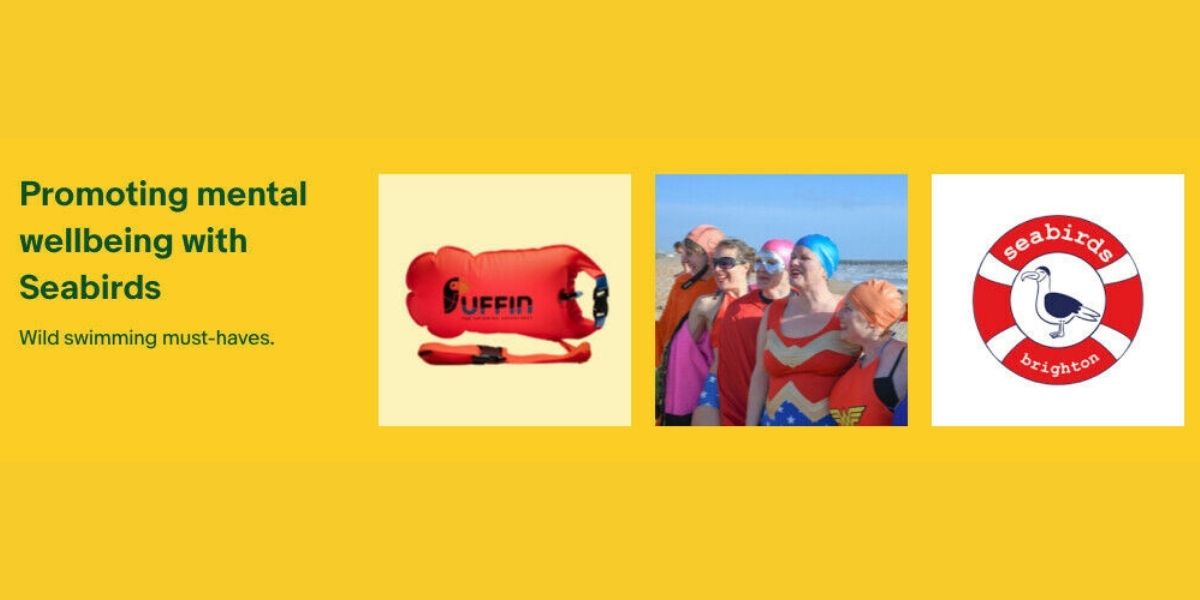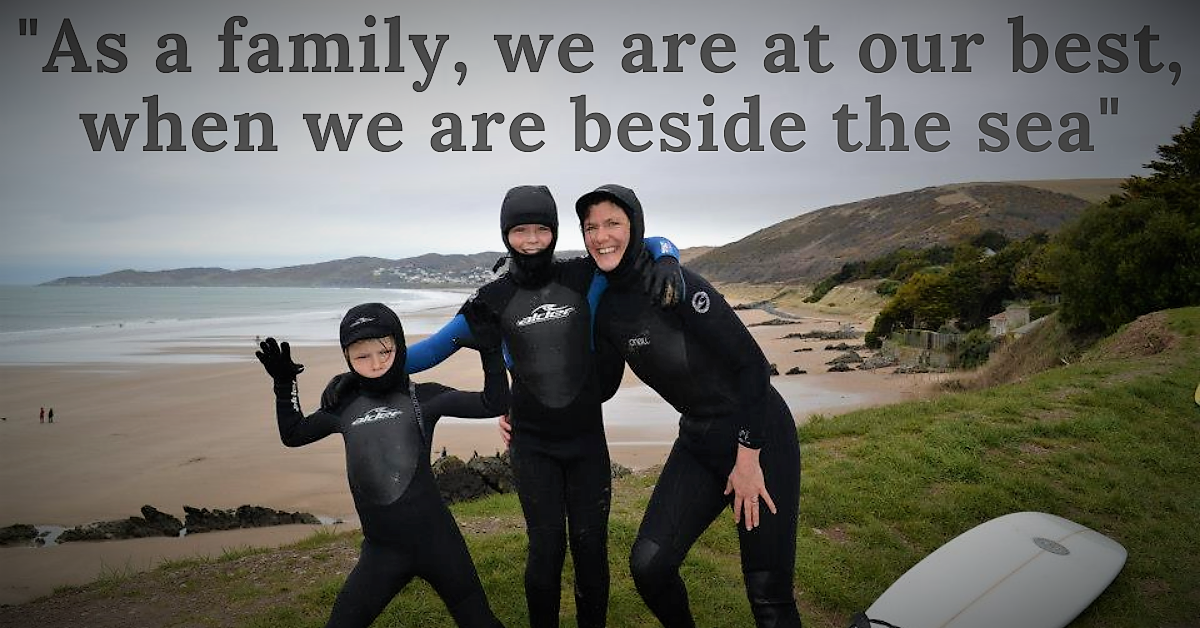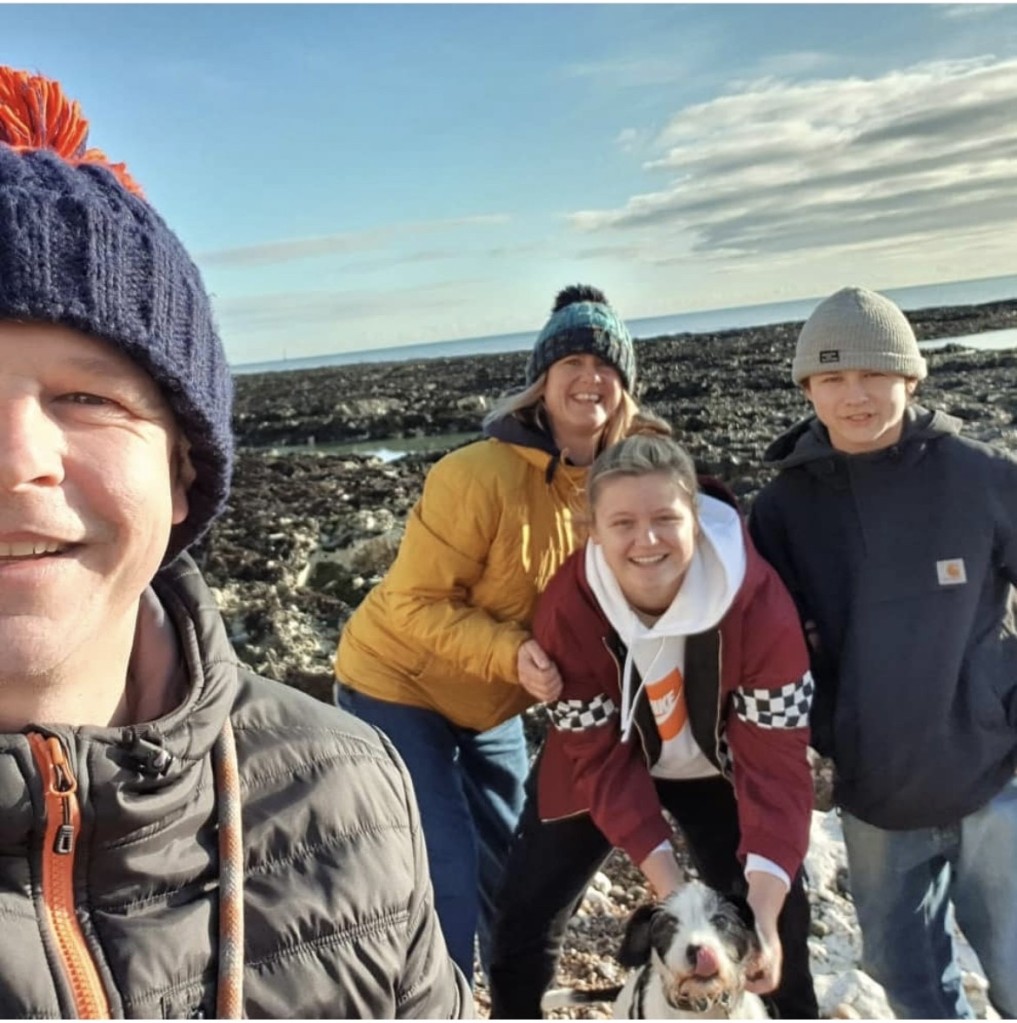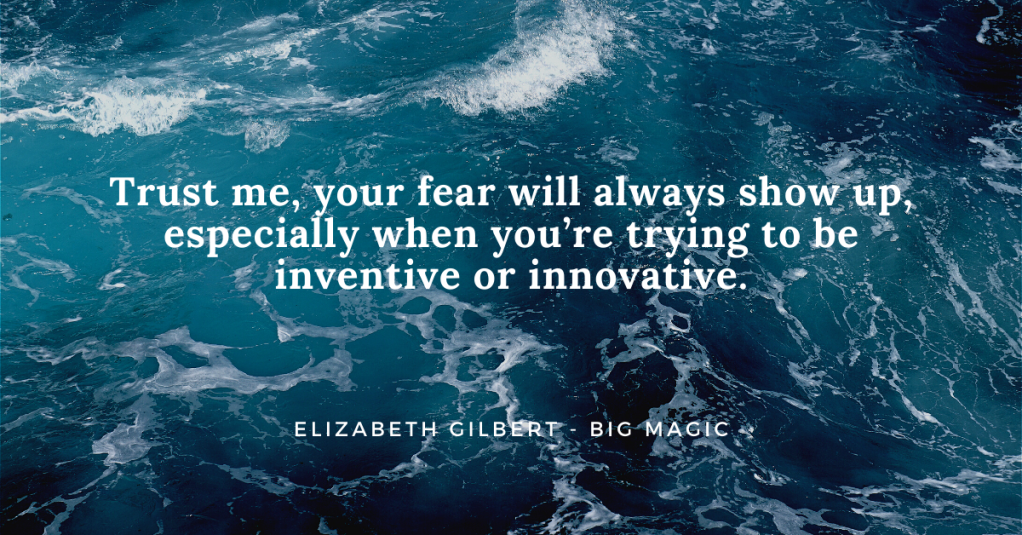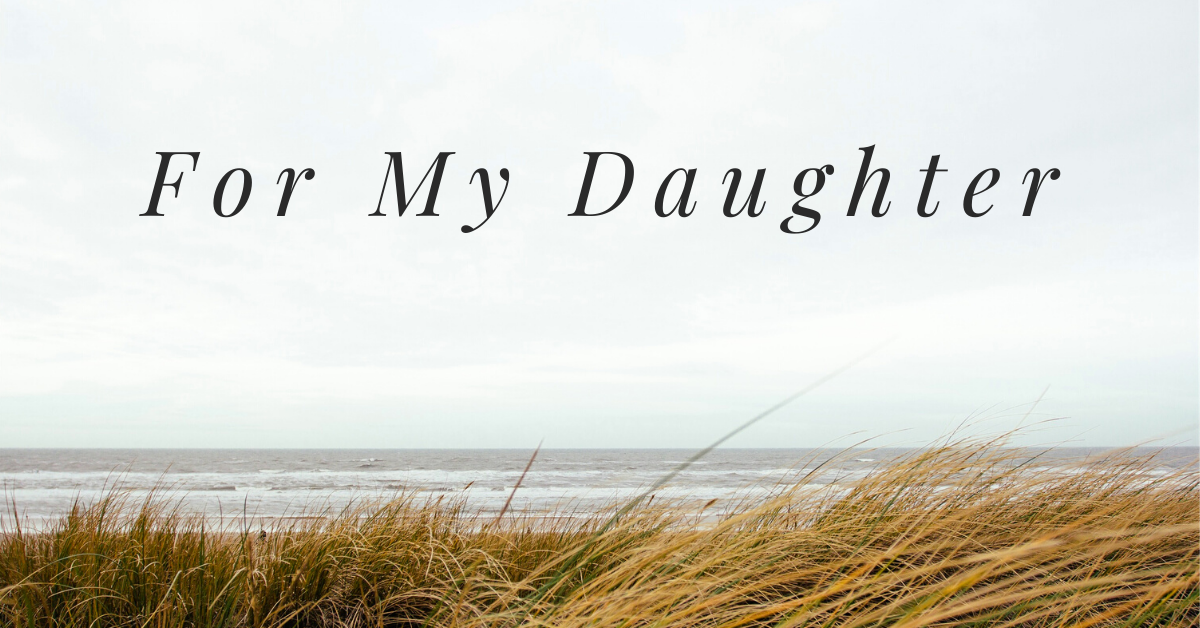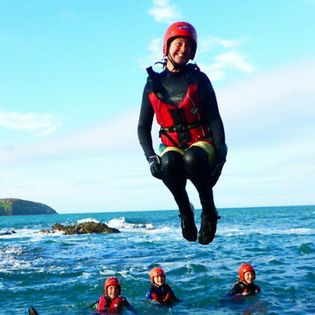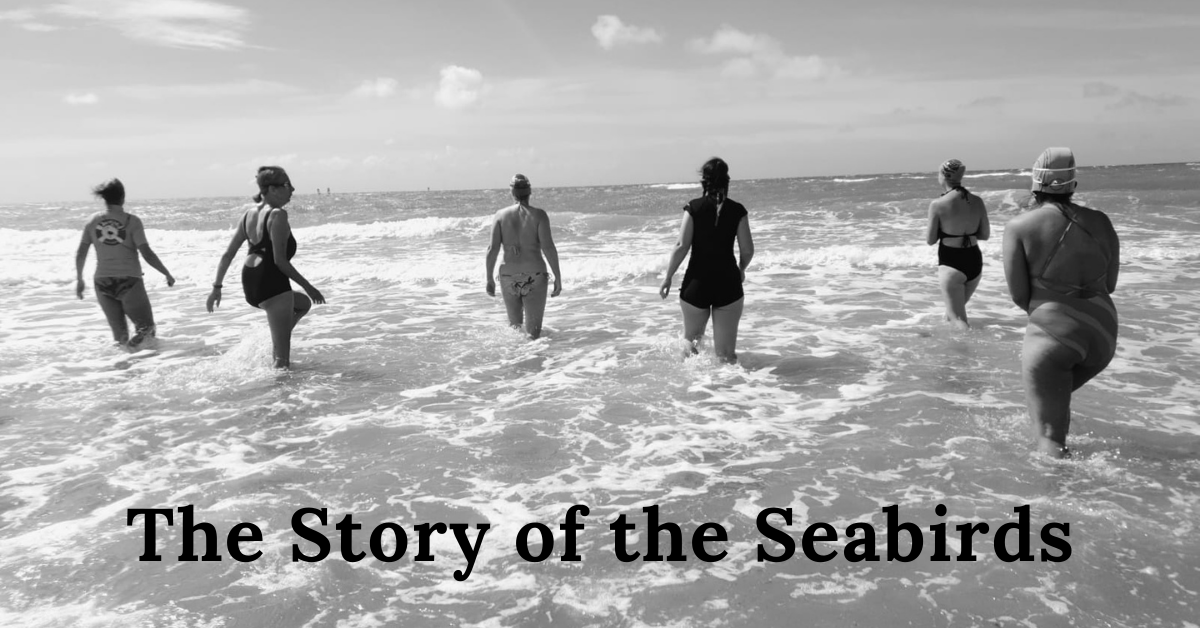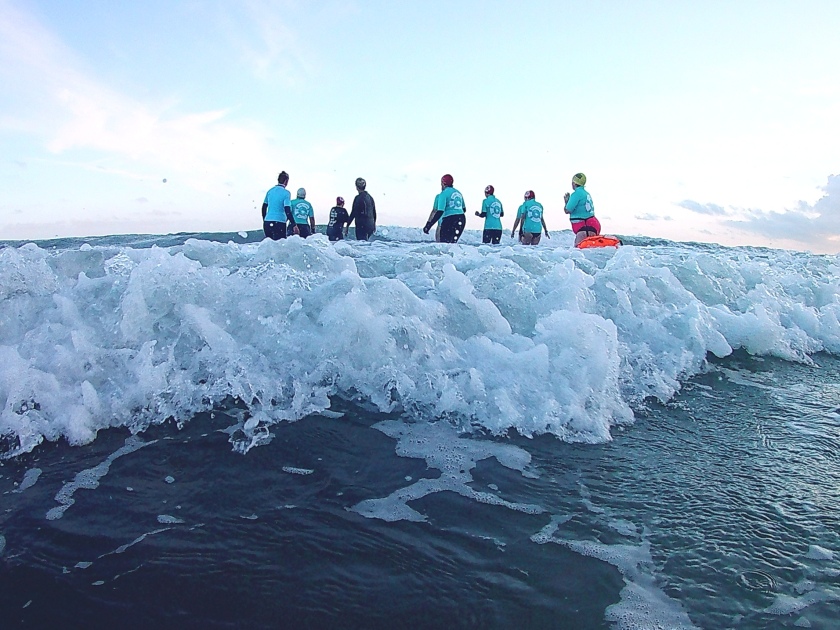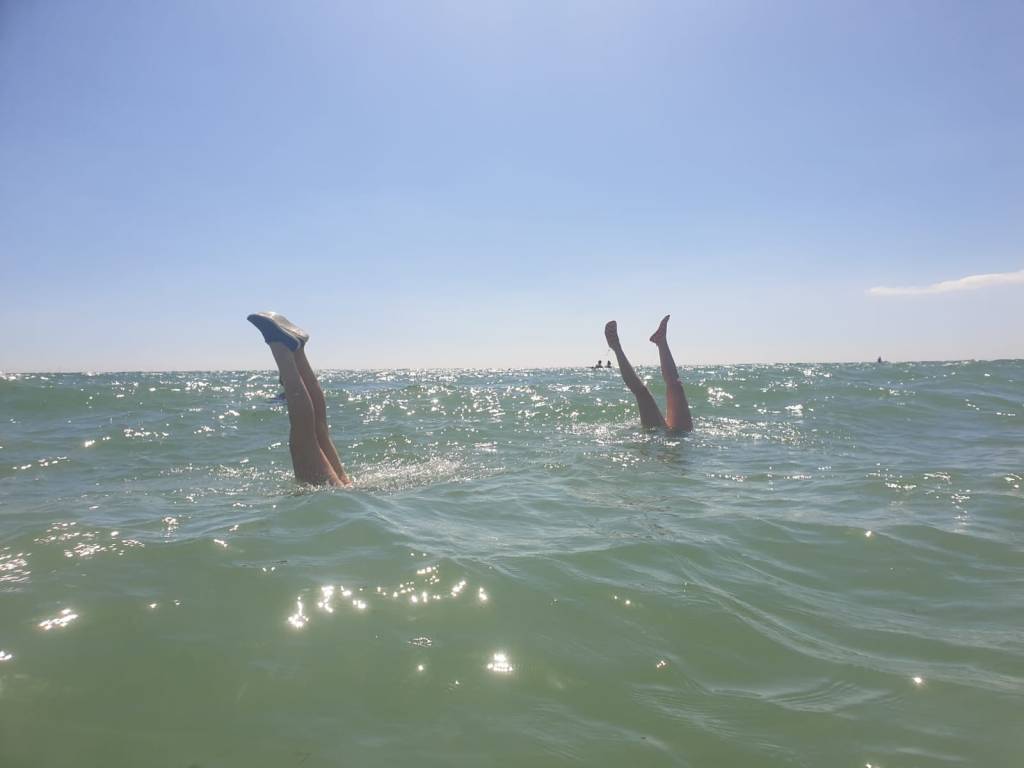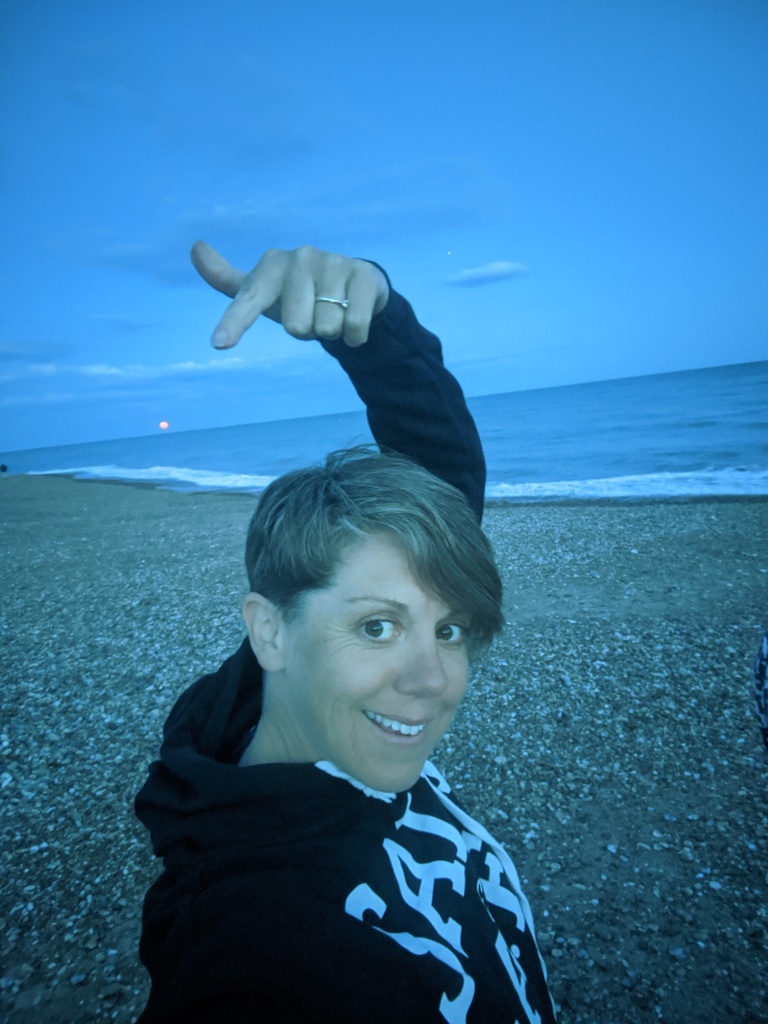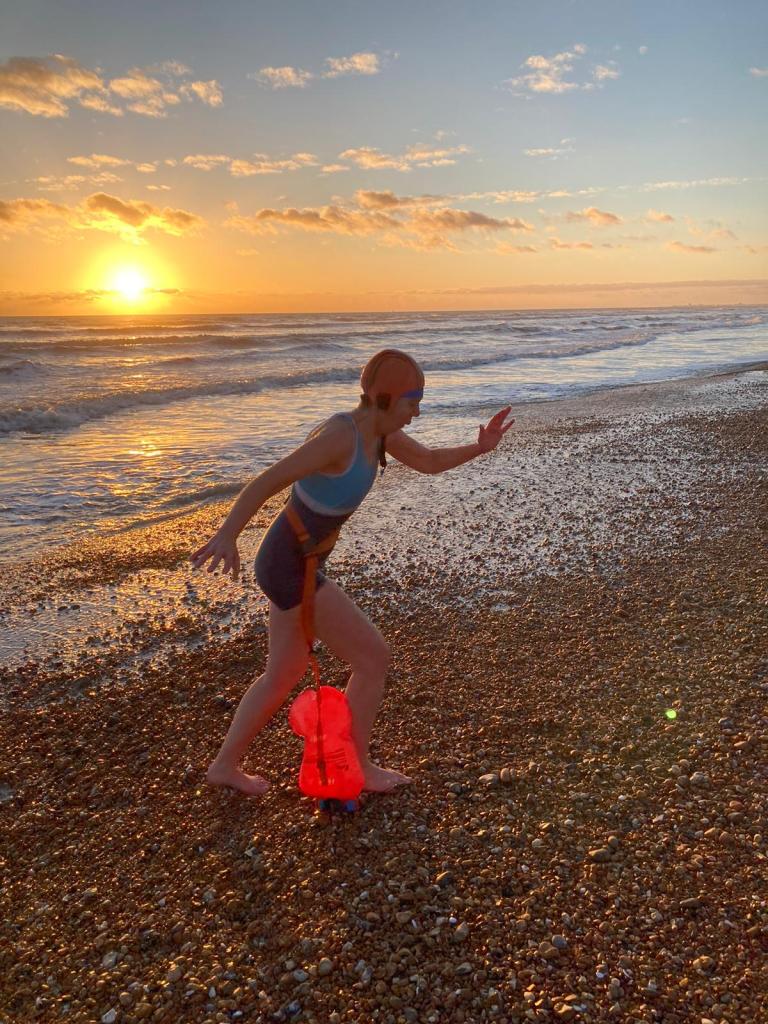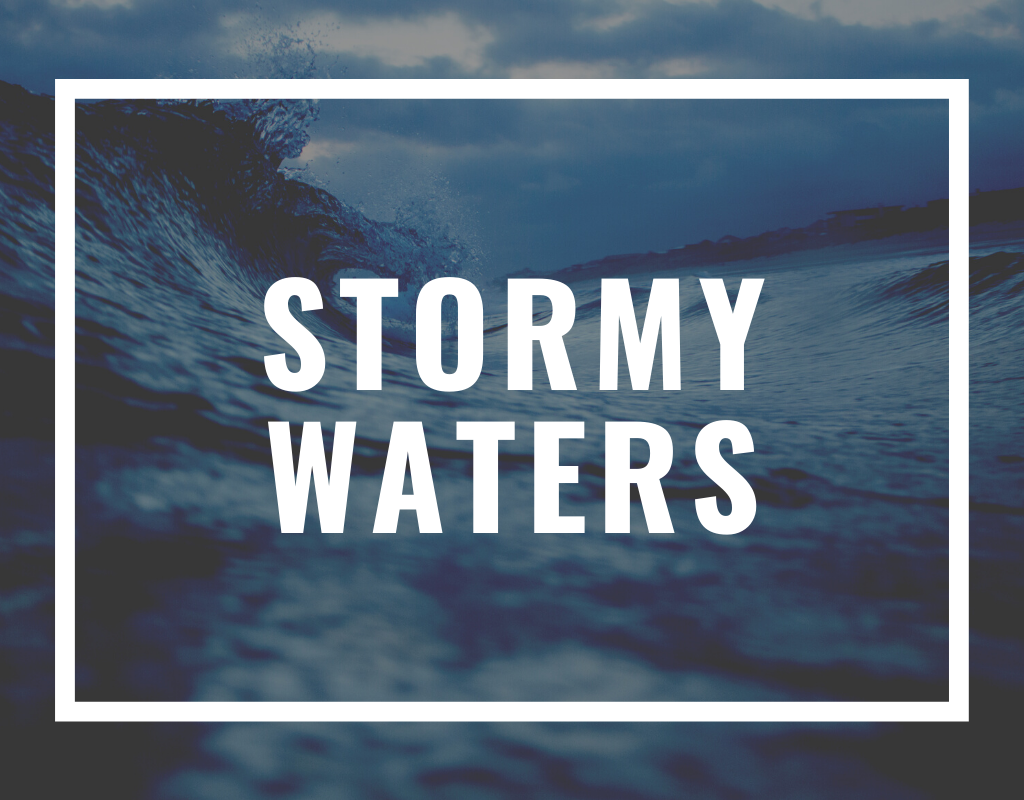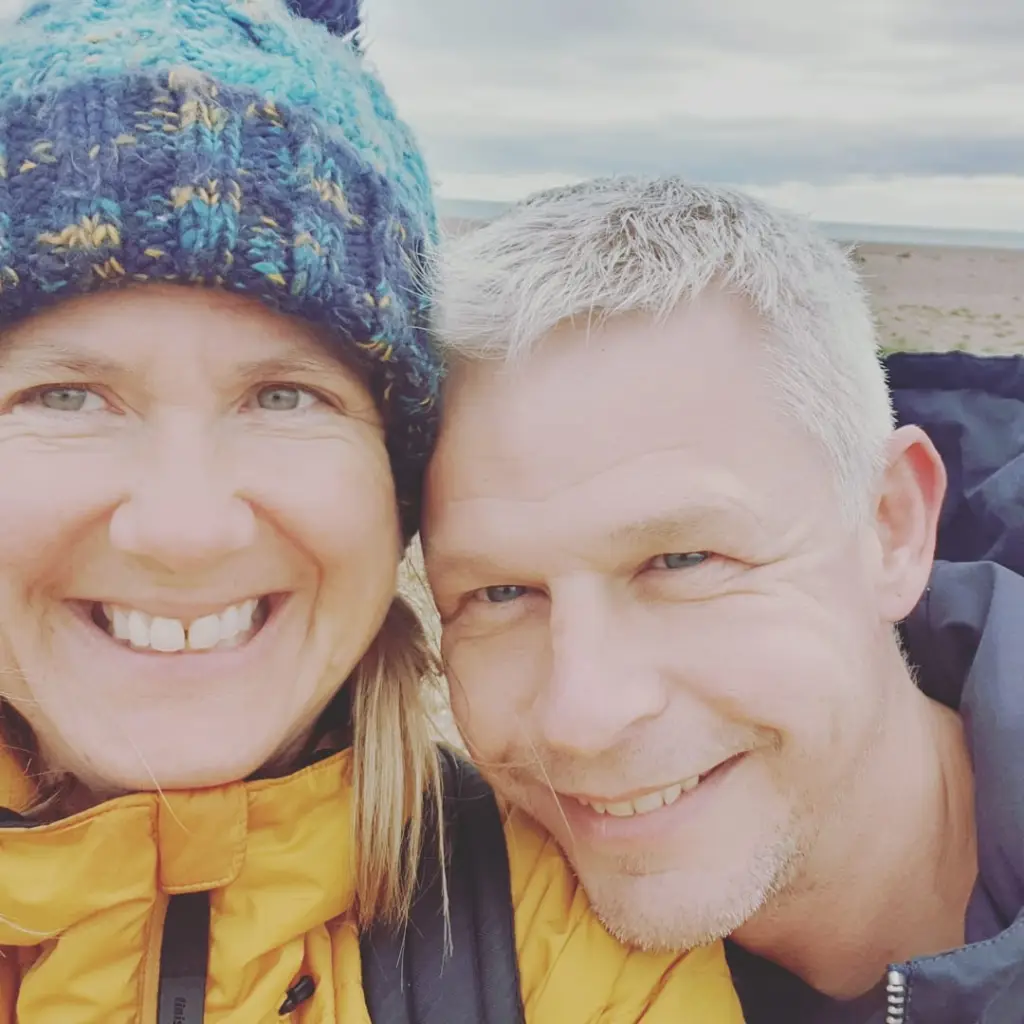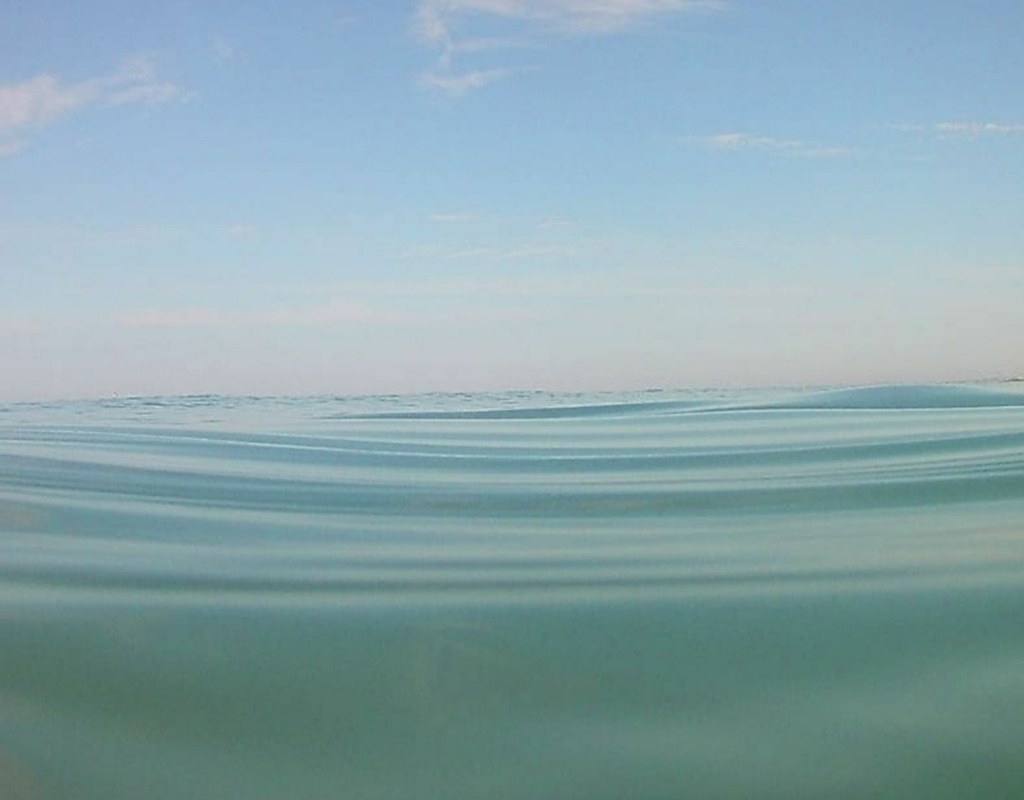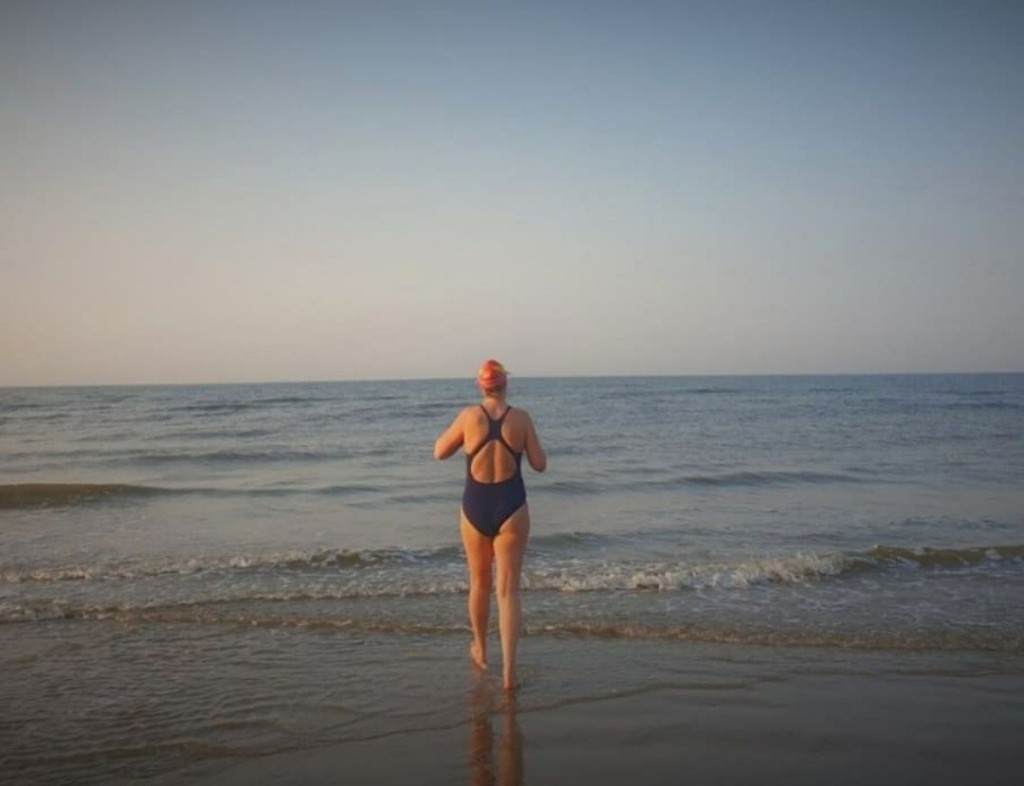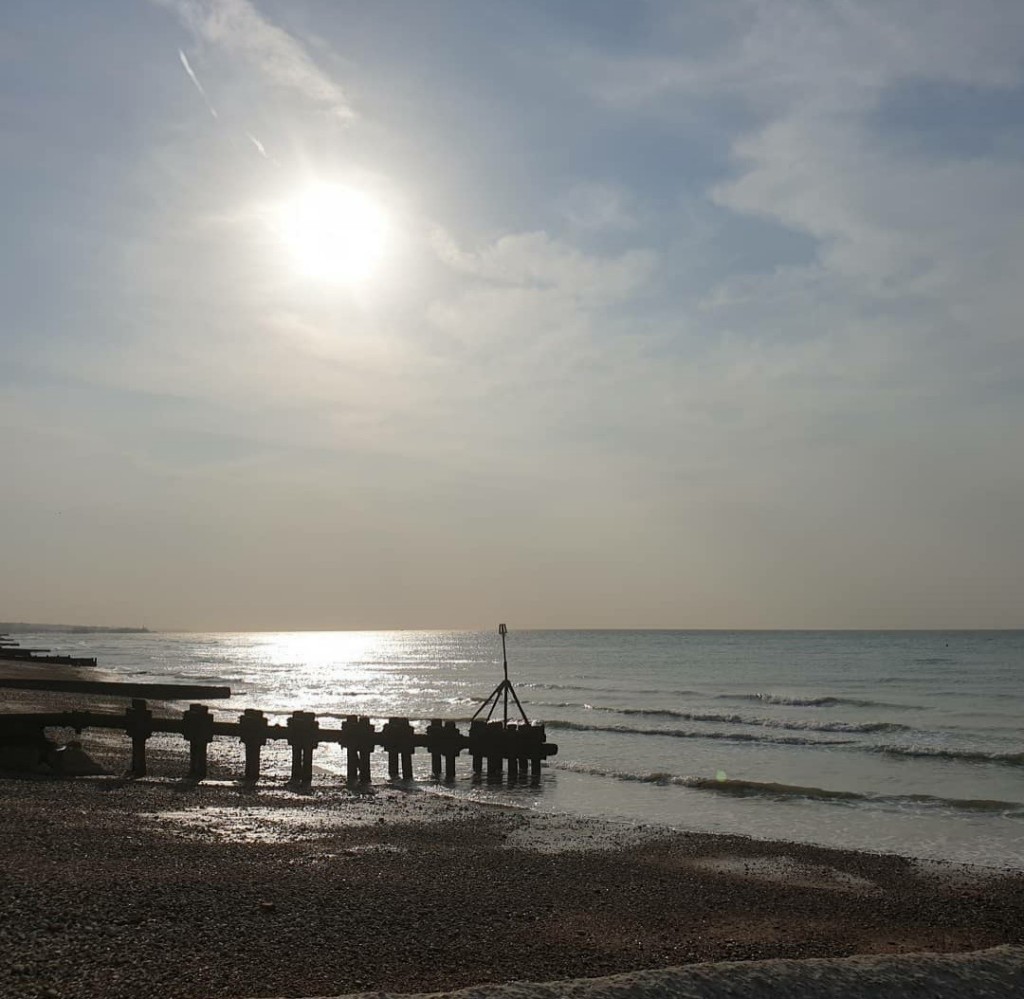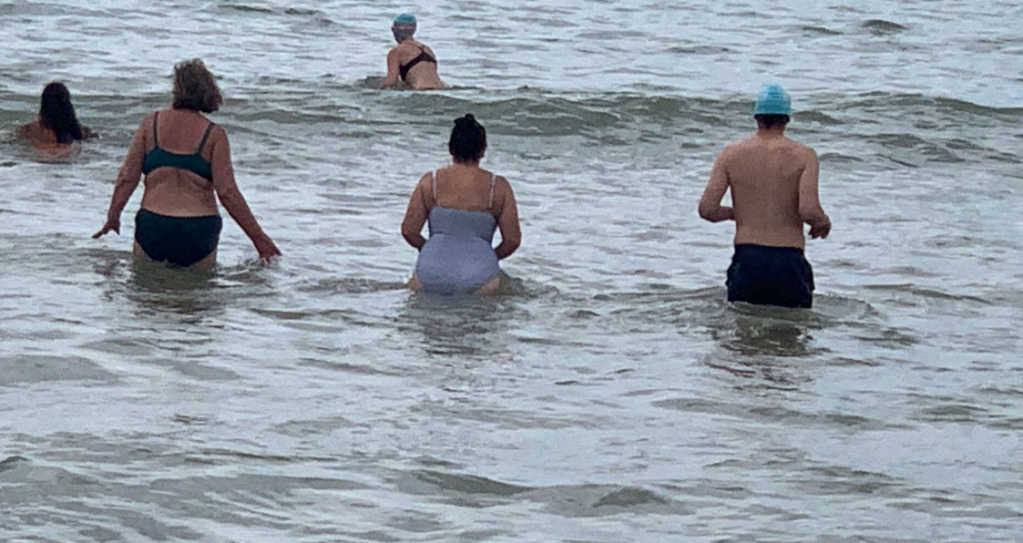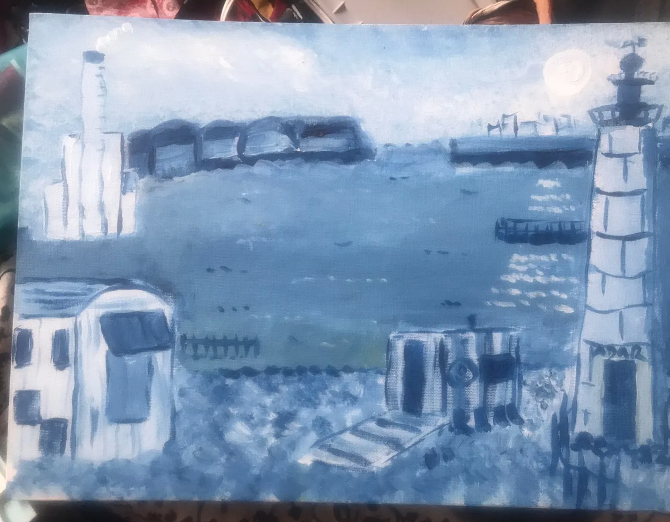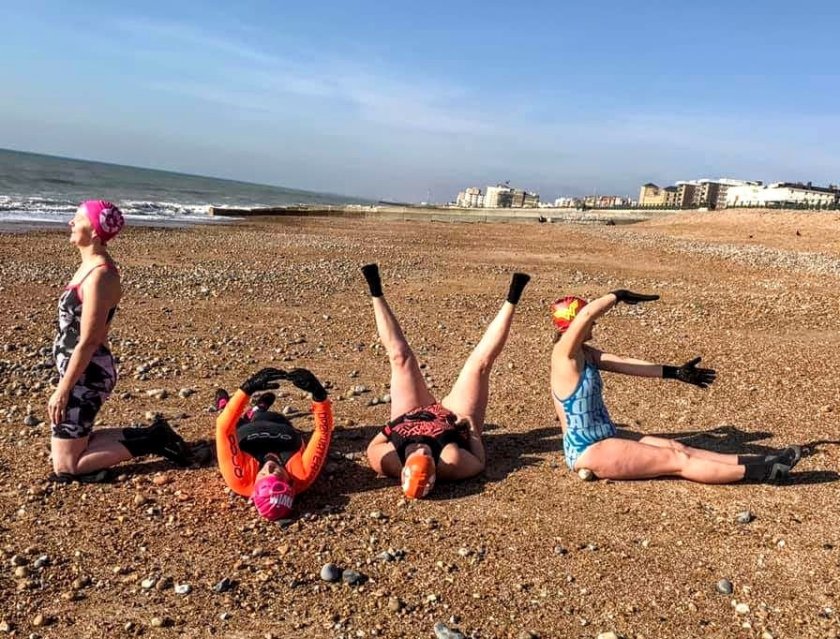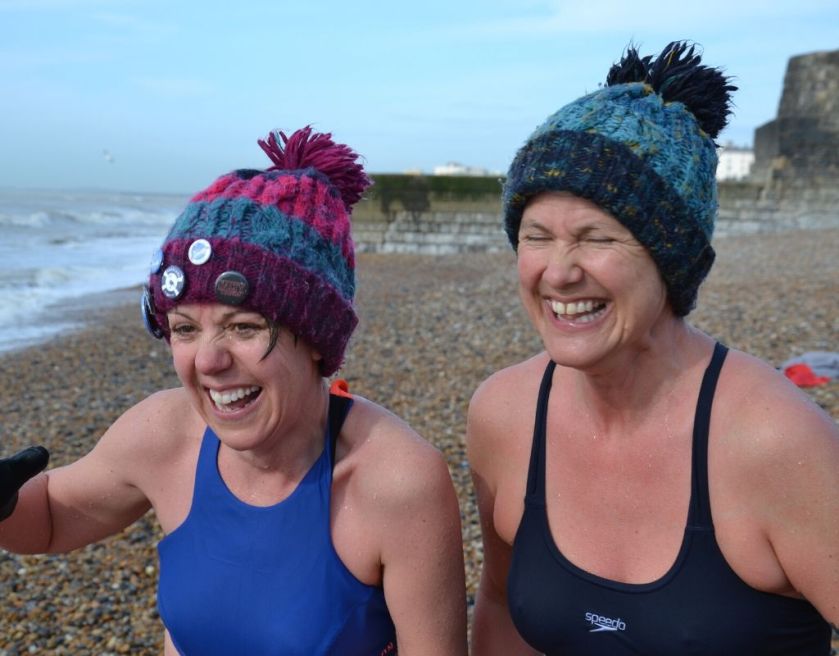All humans are worthy of love, belonging and joy. When we set up the Salty Seabirds sea swimming group, our aim was to create an inclusive community. A group that provided the isolated, the new, the anxious, the self-conscious, would be sea swimmers with love, belonging and joy. And this has been achieved through kindness.
Swimmers asking others to dog sit and babysit while they swim. Swimmers asking for lifts to swim spots they cannot reach otherwise. Swimmers asking for help getting in and out of the sea when they are afraid. These swimmers are able to receive kindness. It is that vulnerability that makes being kind such an intrinsic part of being part of a sea swimming community. The daily discussions and conversations on the beach demonstrate that anyone can participate and ask for assistance and advice. And will be met with kindness.
In the ‘real’ world, self-worth can be sought and found in ‘never asking for help.’ In our group it is quite the opposite. Kindness isn’t just about giving. Being kind to ourselves is where it should always start. By being open to receiving love and support and of course kindness from others is definitely top of my self-care list. In the summer a new swimmer asked for advice on the safety of the nudist beach, information on jellyfish, and if anyone would swim with her. She was met with offers and advice from many. The kindness of strangers.
There is an element of anonymity within the group. We know each other’s names and faces , but not what bought them to the group and the sea. It makes asking for help easier when there is no preconceptions or fear of judgement. Remove the machismo of measured activities and you also remove the standard definitions of people by their jobs, family status and postcode. One of our swimmers summed it up;
“They (we) swim for companionship with the sea and with each other, to wrestle with devils, to frolic, handstand and sob into the waves, and not once has anyone asked me how far I have swum and judged my response or my fitness “
One of the best ways of being kind to yourself is feeling useful. So providing another with kindness actually becomes mutual and reciprocal. The person requiring the kindness from others receives it. The person providing the kindness is, in fact, also being kind to themselves. Affording another kindness provides you with feelings of purpose and usefulness. Rick Hanson wrote an article called “Kindness to you is kindness to me; Kindness to me is kindness to you.” Quite a tongue twister but his article writes about cyclical kindness. Our salty community has cultivated a collective consciousness of kindness. (Another tongue twister). The group has created an environment where approaching strangers to help or be helped is the norm. Kindness is our normal and has become a working practice of the group.
Practising the mindset of caring and compassion leads to continued kind behaviour. Our community provides regular opportunities to practice the skill of kindness. It doesn’t need to be a grand gesture. Something as simple as cake sharing after a swim. We do it unintentionally but with intent. In conversation with another swimmer they revealed she they were searching for a community of like minded kind people, swimming in the sea was just an added bonus.
……..searching for a community of like minded kind people, swimming in the sea was just an added bonus.
It isn’t just the person being kind or the person receiving kindness that benefits from the uplifting impact of the kind act. Even people witnessing the kindness or compassion can be positively affected and increases the feelings of group cohesion and connectedness. Shared experiences have a profound impact on your wellbeing. Kind interactions strengthen social bonds and help communities work better. Kindness is a core shared value of our sea swimming group.

It has long been known that the mind and body are connected. And that stress can impact you both emotionally and physically. But it is only recently that kindness has been researched and found that the hormone the emotion creates, oxytocin, can both be beneficial for your physical health as well as your mental health. Where stress increases cortisol, feelings of anxiety and overwhelm and the hardening of arteries , on the contrary, kindness increases oxytocin, feelings of happiness and reduces blood pressure. The physical and psychological effects of stress can be counteracted by acts of compassion, connection, emotional warmth and empathy, i.e. kindness.
According to Dr David R Hamilton a pharmacist and a published author of many best selling books including ‘The Five Side Effects of Kindness’;
Oxytocin is a kindness hormone. It’s known by a few other affectionate names too – the bonding hormone, the love drug, the hugging hormone, the cuddle chemical. It’s produced due to the experience of kindness, love, warmth, affection, and other soft behaviours.
Crucially, oxytocin is a cardioprotective hormone. This means it protects the cardiovascular system. When we have plenty being produced, our hearts are more protected from things like stress and lifestyle effects. When our levels are supressed, we’re more at the mercy of stress and lifestyle effects.
The Five Side Effects of Kindness he cites are;
- It makes you happier
- It’s good for the heart
- It slows the aging process – Oxidative stress(if we ever needed a better reason!)
- It improves relationships
- It’s contagious (My favourite)

Professor Claudia Hammond: a psychology lecturer at Sussex University, presenter of ‘All in the Mind’ on BBC Radio 4 and published author of many books including ‘The Keys to Kindness’ is pretty much a kindness expert. She was part of a team that carried out the largest worldwide online study on the topic of kindness. One of the things it uncovered were barriers to kindness.
One of the most frequently cited barrier that prevented people from carrying out acts of kindness was a lack of time. But when you are on the beach or in the sea you’ve already made space in your day for ‘undistracted’ time. You are already outdoors and not at a desk doing emails, you have the opportunity to share some kind words with another swimmer. Take the risk! A big part of cold water swimming is about taking a risk, it’s part of the feel good factor. Sometimes it doesn’t work out and you’re tumbled by a wave. May be you kind words will get lost in translation but that’s really the worst that can happen.
Another barrier is being afraid of being misinterpreted and social interactions. It is hard for introverts and people with social anxiety (me!) and over thinkers (me too!) to approach others, to interact with unknown swimmers. But by swimming in eth the cold sea year round, you’re already opening yourself up to new experiences. Just a simple “hello, how are you?” as you arrive at the beach to a swimmer you don’t know is enough. They can choose how they respond, it’s not intrusive and forms part of our cultural standard greeting. But it may make their day. I like to compliment swimmers on their attire. Another easy icebreaker.
Intentionally practising kindness doesn’t need to ne hard. It’s just a different way of thinking. When you regularly practice a behavior it becomes a habit. We can learn to be empathetic. When I go to the community group swims sometimes it can be overwhelming for me with lots of new faces. I seek out faces I know. But I didn’t know these faces a couple of years ago. I too was new once. So when a new swimmers asks me lots of questions when I’m just trying to have a chilled swim, I have an awareness of what is driving their behaviour. They are anxious. By changing my way of thinking I am being more empathetic, kind and compassionate.
The last couple of years has been a challenge for us all, to varying degrees for sure, but still a challenge. As the outdoor swimming community became divided on whether to swim wild or stay at home during lockdown, we feared the same would happen with our group. The fear was unfounded. The kindness has continued. Personal choices respected. Micro-flocks began to form, reaching out to those self-isolating or living alone. Once the Seabirds were just the salt of the sea. Now they very much are the salt of the earth.
And you thought our group was all about Sea Swimming. Turns out it is so much more than this. It is a kind community.

This blog is dedicated to the Cardio Nurse I swim with on Friday’s who showed me kindness when I didn’t know where to go or what to do after I was diagnosed with a suspected heart murmur. Thank you Third Sea Lord – may your oxytocin levels always be high.
If you have read and shared this blog we invite you to donate the cost of a post swim hot drink or slice of cake to the Seabirds Community Swim Fund. This pays for swim kit and lessons for people who are under represented in the outdoor swimming community. All profits from our online swim shop and swimming lessons are also donated to the Seabirds Community Swim fund. This way you can buy your swim kit or have a lesson and donate. See buttons below

